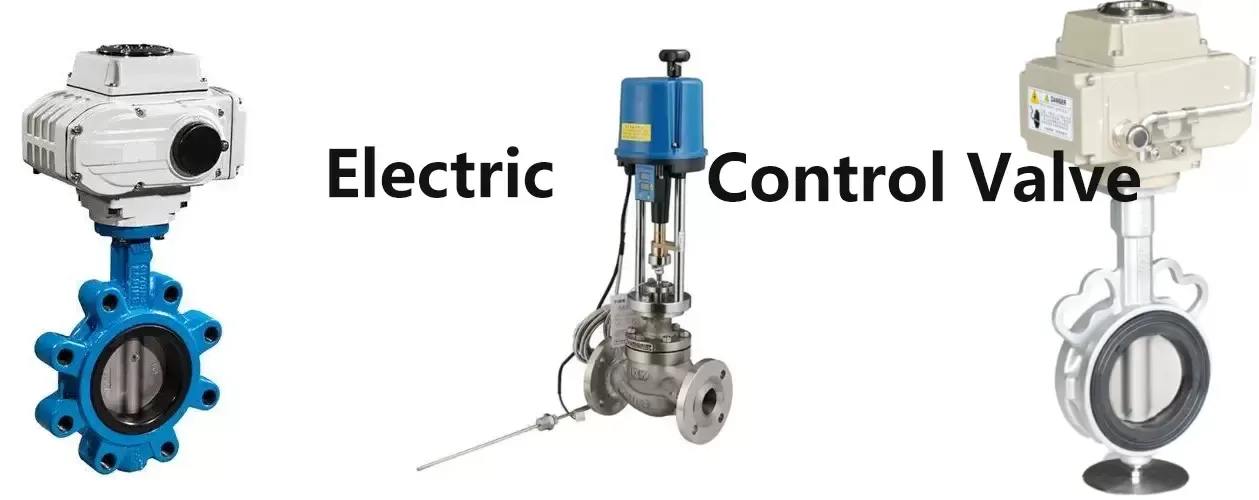Notifications

4 minutes, 7 seconds
-14 Views 0 Comments 0 Likes 0 Reviews

1. Cleaning
During initial commissioning or after major repairs, debris such as welding slag, rust, and other particles can accumulate inside the China Control Valve, obstructing the throttle, guide parts, and balance holes in the lower bonnet. This buildup often causes scratches on the valve core and guides, as well as indentations on the sealing surface—common reasons for valve failure. In these cases, the valve must be disassembled for thorough cleaning to remove all debris. If the sealing surface is damaged, careful grinding should be performed. Additionally, opening the bottom plug allows flushing of debris that may have entered the lower valve cover via the balance hole. The entire pipeline should also be flushed. Before resuming normal operation, fully open the fluorine-lined electric control valve to let the medium flow and verify proper functionality.
2. External Flushing
Valves handling media prone to precipitation or containing solid particles often experience blockages at the orifice and guide. To address this, external gas or steam can be connected to the bottom plug of the lower valve cover. If the valve becomes stuck or blocked, opening the external gas or steam valve flushes the valve without the need to operate the fluorine-lined electric regulating valve, thus maintaining continuous operation.
3. Install Pipe Filter
Small-caliber fluorine-lined electric control valves, especially those with ultra-small flow rates, have very narrow throttle gaps and require a clean, debris-free medium. To prevent blockages, installing a filter upstream of the valve ensures smooth medium passage. For valves equipped with positioners, a common fault is blockage in the air passage orifice. This can be avoided by installing an air filter pressure-reducing valve on the air supply line before the positioner.
4. Increase Throttle Gap
Blockages caused by solid particles or debris can be minimized by increasing the throttle gap. Using valves with larger throttle openings or designs with concentrated throttling areas, such as windows or openings, helps reduce faults. For single- or double-seat valves, switching to a “V” shaped valve core or a sleeve valve improves performance. In chemical plants where double-seat valves frequently jam, replacing them with sleeve valves offers an effective solution.
5. Medium Flushing
Harness the energy of the medium itself to flush away deposits and blockages, enhancing the valve’s anti-blocking ability. Techniques include switching to flow-closed operation, adopting streamlined valve bodies, and placing orifices in areas prone to severe scouring. When using this method, ensure the throttle materials are made with enhanced erosion resistance for durability.
6. Straight-Through to Angle Configuration
Systems with straight flow paths often have complex S-shaped flows that create dead zones in the upper and lower chambers, where medium deposits accumulate. Switching to an angled valve configuration—similar to a 90-degree elbow—improves scouring efficiency by minimizing dead zones and enabling streamlined flow. For slight blockages, consider changing from a straight-through fluorine-lined electric regulating valve to an angled valve configuration for better performance.Know more about Google SEO Directory

